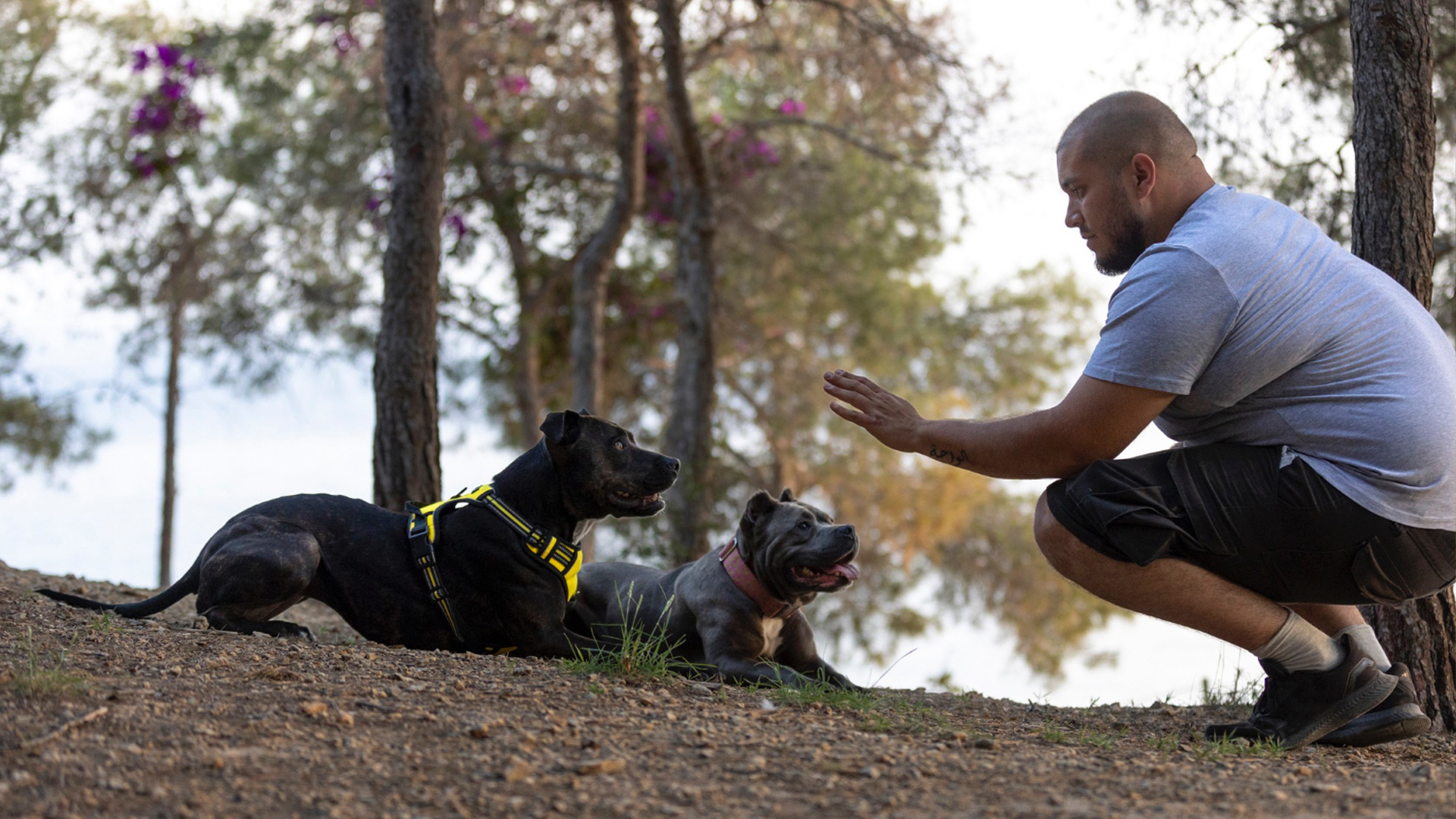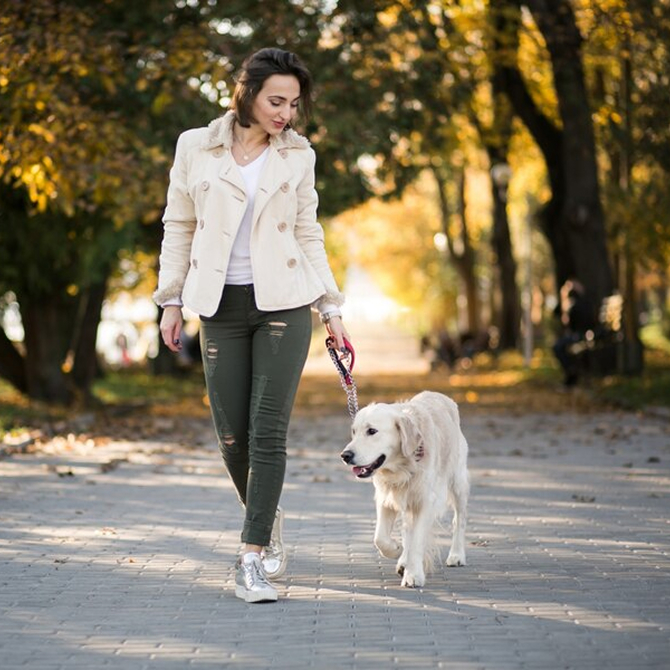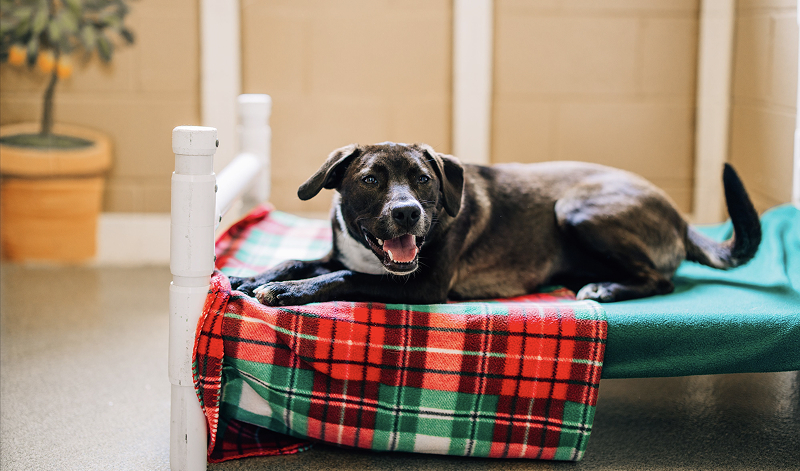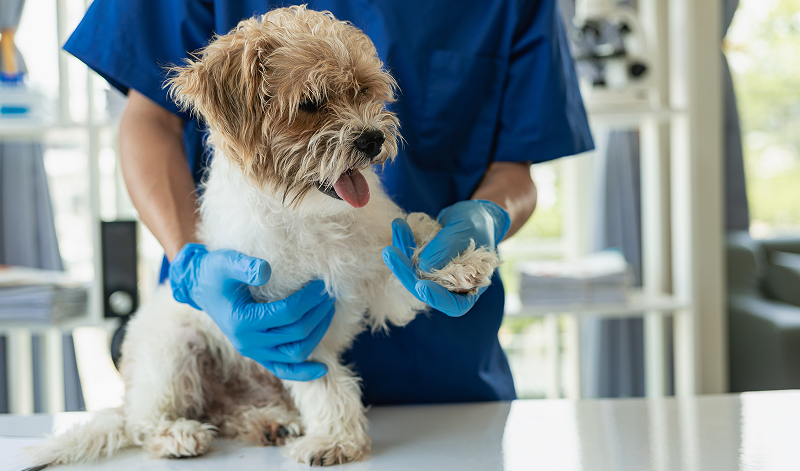Pet Training: How to Teach Basic Commands and Tricks to Your Pet

At Wooflands Veterinary Center located in Farmington, Pennsylvania, we believe that training your pet is essential to developing a strong and positive bond between pet and owner. Training not only helps your pet to understand what you expect from them but also provides mental stimulation and helps to prevent behavioral problems.
Getting Started with Pet Training
Before you start training your pet, it is important to determine what your pet’s training goals are. Do you want to teach your pet basic commands such as “sit” and “stay”? Or would you like to teach them more advanced tricks such as “roll over” and “fetch”?
Once you have determined your training goals, you can then develop a training plan to help you achieve these goals.
When training your pet, it is important to keep the training sessions short and fun. Training sessions that are too long or boring can quickly become frustrating for both you and your pet and can cause your pet to lose interest in the training process. A good rule of thumb is to keep each training session to no more than 15 minutes.
Basic Commands
Sit
The “sit” command is one of the most basic and essential commands that every pet should learn. To teach your pet to sit, hold a treat in front of their nose and slowly move it over their head. Your pet should follow the treat with their nose, causing them to sit.
As soon as their hind end touches the ground, say “good” and give them the treat. Repeat this process several times until your pet begins to sit as soon as you say “sit.”
Stay
The “stay” command is another essential command that every pet should learn. To teach your pet to stay, begin by asking your pet to sit. Then, hold your hand out and say, “stay.”
If your pet moves, gently guide them back into the “sit” position and repeat the process. As your pet begins to understand the “stay” command, gradually increase the amount of time that you ask them to stay.
Tricks
“Roll Over”
The “roll over” trick is an entertaining trick that your pet can learn. To teach your pet to roll over, begin by asking your pet to lie down. Then, hold a treat near their nose and slowly move it over their head and down towards their tail.
Your pet should follow the treat with their nose, causing them to roll over. As soon as they complete the roll, say “good” and give them the treat. Repeat this process several times until your pet begins to roll over as soon as you say “roll over.”
“Fetch”
The “fetch” trick is a great way to provide your pet with mental stimulation and physical exercise. To teach your pet to fetch, begin by showing them a toy and saying “fetch.” Toss the toy a short distance and encourage your pet to retrieve it.
As soon as your pet brings the toy back to you, say “good” and give them a treat. Repeat this process several times until your pet begins to fetch the toy as soon as you say “fetch.”
Final Thoughts
Training your pet can be a fun and rewarding experience for both you and your pet. By following these basic commands and tricks, you can help your pet to better understand what you expect from them and develop a strong and positive bond.
If you would like to learn more about pet training, or if you would like to schedule a training session with one of our trainers, please don’t hesitate to call us at (724) 329-2838 or come visit us at 3953 National Pike, Farmington, PA 15437.

9 Tips to Maximize Walks with Your Dog
April 2, 2025
Walking your dog is one of the simplest yet most rewarding activities you can share with your furry friend. It’s a chance to bond, explore, and enjoy the great outdoors together...
Read More
How to Prevent and Stop Destructive Behavior in Dogs
April 2, 2025
Destructive behavior in dogs is a common issue that many pet owners face. Whether it's chewing on furniture, digging up the yard, or barking excessively, it can be a frustrating and sometimes...
Read More
Pawsome Back-to-School Pet Safety Tips
April 21, 2025
As the back-to-school season approaches, families across the country prepare for a shift in their daily routines. While this time can be exciting for children returning to class, it can also be a challenging adjustment for pets...
Read More

